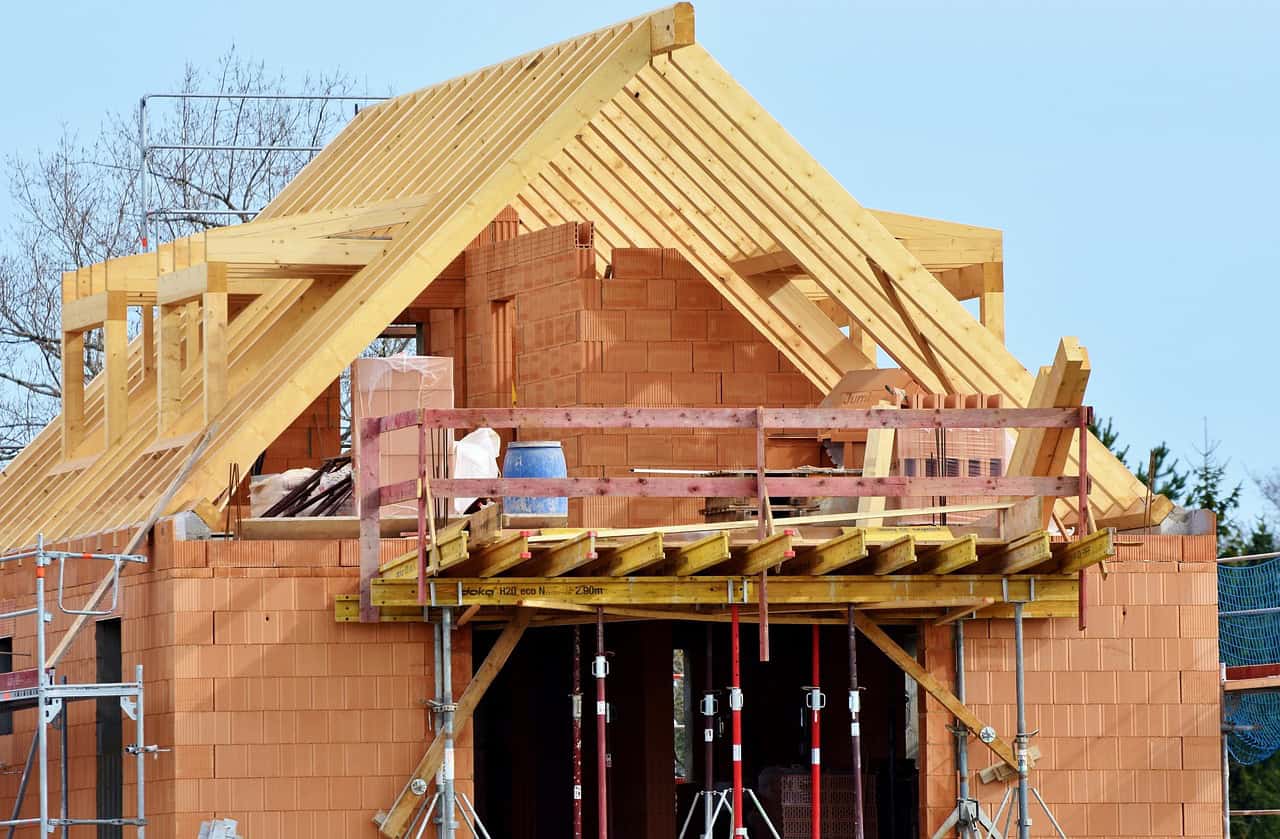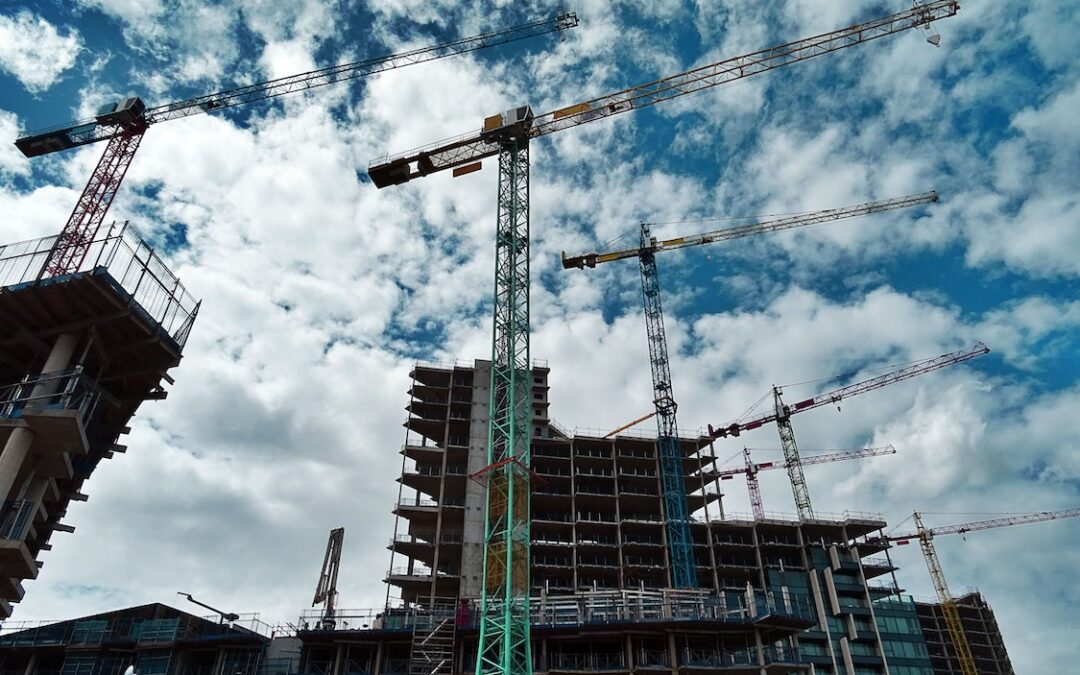Managing risk in construction is an essential part of any company’s success. The right strategies and resources will help you to identify, assess, control, and monitor your risks.
The first step in identifying risks is to hold brainstorming sessions with the project team and stakeholders. Reviewing past projects of similar size, scope, and location can also be helpful.
1. Identify the Risks
Construction projects are inherently risky and require proper planning to minimize the risks and make sure everything runs smoothly. Every construction project has its own set of risks that must be addressed to ensure the successful completion of the project on time and within budget. These risks can include financial, operational and project risk, and they must be identified, analyzed and monitored to prevent any potential problems from impacting the success of the project.
The first step in identifying construction risks is to brainstorm all the possible issues that could arise and create a list of them. This can be done through research, surveys, and conversations with crew members. Once the risks have been identified, they can then be prioritized based on their impact and probability of occurring. It’s a good idea to meet regularly with your project team to discuss these risks and to see if any new ones are arising.
Once the risks have been assessed, they can be controlled, transferred or accepted. For example, if a company is concerned about the effect of slow payments on their cash flow, they may choose to protect lien rights with clients or work only with companies that can pay on time. Another option is to transfer the risk by agreeing to a contract with an insurance provider who will cover the cost of a loss.
Finally, a company can also accept a risk by creating a contingency plan for dealing with it. This could involve reducing the scope of the project to avoid any costly changes, or it might be as simple as bringing in extra staff to deal with delays. By developing and implementing these strategies, a company can reduce the risks of their construction projects and increase their chances for success.
2. Assess the Risks

A baseline risk assessment is a great place to start when trying to determine the risks associated with your construction project. It typically takes a broad look at all the potential hazards that could impact the project and assesses whether or not established control systems will effectively manage those risks. Once the risk assessment has been completed, it is important to evaluate each identified hazard to determine its likelihood and impact. This allows for the identification of a counter-measure to be developed and also enables the risks to be prioritised.
Brainstorming sessions with the team, reviewing past projects and exploring historical data can all be useful tools for identifying construction risks. A risk register is a good way to record this information and is an excellent tool for monitoring the status of all identified risks.
Once the risks have been assessed, it is time to consider the possible management actions. This can be done either qualitatively or quantitatively to give a feel for the priorities that need to be addressed. The aim is to ensure that each risk is addressed in a cost effective manner.
The main options for addressing the risk are to prevent it from happening (avoidance), mitigate its impact (reduction) or accept it and work around it with the appropriate contingency plans (acceptance). This is often done by transferring the risk to another party, such as a contractor. It can also be done by establishing agreements with customers to protect lien rights, or through insurance policies. It is important to review the process on a regular basis and identify lessons learned. This will allow the company to improve its ability to anticipate and address risks in future projects.
3. Mitigate the Risks
Once risks are identified, it’s important to make sure that you have a plan in place for them. This includes both identifying and assessing the risks as well as mitigating them. This can be done by holding regular meetings where the project team can discuss possible risky situations that could occur during the course of the project and come up with ways to handle them.
During quantitative risk management, risks are analyzed in terms of their probability and impact on the project and then prioritized. This helps determine which risks should be handled first and which ones can wait. For example, a natural disaster has high impact and low probability while a price increase in materials has a lower impact but is more likely to happen. Creating a 3×3 priority grid is one way to help identify which risks are most crucial for managing.
There are a variety of ways to mitigate risks, including avoiding them, reducing their effects and accepting them. Avoiding the risk can be done by implementing regulations or local plans to keep the risks low. Reducing the risk can be done by putting systems in place to minimize their effects such as training workers or providing proper safety equipment. For reliable, on-time crane service, we highly suggest getting touch with Action Crane. Lastly, accepting the risk can be done by creating a contingency plan to work around the risks such as having a backup contractor or changing the project timeline.
Construction projects are complex and there’s always the possibility that unexpected issues will arise. However, with the right owner’s representative and project management process in place, you can reduce your risk and ensure a successful project. To learn more about how to reduce your construction project risks, contact an experienced owner’s representative today.
4. Accept the Risks
It’s impossible to avoid every risk that could negatively impact a construction project. However, companies can take steps to limit the number of risks they face, which will help reduce costs and boost profits. This process involves identifying, assessing, controlling, and monitoring risks.
To identify risks, companies need to understand the potential causes of problems and how those risks may affect their project. To do this, they need to have a clear picture of the project’s scope and objectives. It’s also important for them to review past projects that were similar in size and location.
After identifying the risks, it’s time to assess them. This involves ranking the risks based on their impact and probability of becoming reality. The most serious risks need to be dealt with first, while the least serious issues can be addressed at a later date.
Depending on the results of the assessment, companies can choose to transfer, mitigate, or accept the risks. The most common way to transfer risks is through insurance coverage, but this solution can be expensive. It’s best to consult with professionals to determine which option is best for the company.
Another way to transfer risks is through contracting systems and payment methods. This method can be helpful for regulating risk event conditions and clarifying risk responsibilities between contracting parties. However, this approach is only effective if all parties comprehend the consequences of their actions and decisions. It’s important for a construction company to be transparent about the risks of their projects with all stakeholders. If they’re not, it could lead to costly delays and budget overruns. This is why it’s so important for companies to have a robust risk management system in place.
5. Monitor the Risks
Once the risks have been identified, the company should start working on a risk management plan. Having a document with solutions to mitigate, accept and monitor each risk can help to prevent future issues and increase the overall efficiency of the project.
This document should be updated regularly as new risks are identified. It should also be reviewed with the entire team so that everyone is aware of what risks are present and can work together to address them. It is important to note that this type of planning should take place early on in the project, as it will allow for better decision-making and help to ensure a successful project outcome.
Using a 3×3 priority grid is an excellent way to decide which risks should be handled first. Risks should be categorized based on their impact and probability. For example, a natural disaster would be high impact and low probability, while a price increase for materials would be medium impact and medium probability.
Mitigating a risk means creating plans to keep the risk as low as possible. This can be done through training workers or ensuring that the right safety equipment is available. Companies may also choose to transfer the risk by purchasing insurance or transferring ownership of the property to a different entity.
Accepting a risk is not something that should be taken lightly, as it can lead to project delays or cost overruns. However, it may be necessary if the company cannot avoid the risk or mitigate it. In some cases, the company may even choose to walk away from the project if the risks are too great.

